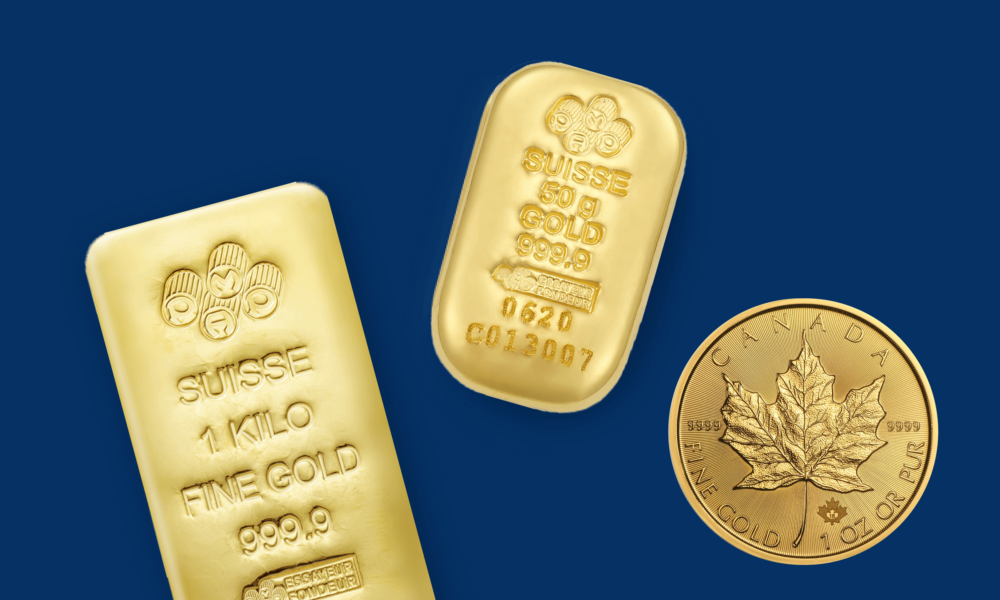Gold Price Per Ounce: A Comprehensive Guide

When it comes to valuable commodities, gold has always held a special place in human history. From ancient civilizations to modern economies, gold remains a symbol of wealth and security. But what determines the gold price per ounce? And why should you care? Let’s dive into the intricacies of gold pricing, its historical context, and what influences its value today.
Understanding the Value of Gold
Gold is more than just a shiny metal. It has intrinsic value that has been recognized across cultures and ages. Its rarity, durability, and universal appeal make it a reliable store of value. But beyond its physical attributes, gold’s value is also driven by economic and geopolitical factors.
Historical Perspective on Gold Prices
The journey of gold prices over centuries reveals its stability and growth as an asset. From being a medium of exchange in ancient times to becoming a standard for modern currencies, gold’s price has seen various highs and lows. Understanding this historical context helps us appreciate why gold remains a favored investment.
Factors Influencing Gold Prices
Several factors come into play when determining the gold price per ounce. These include:
Global Economic Conditions
Economic instability, recessions, and economic booms significantly impact gold prices. During uncertain times, investors flock to gold as a safe-haven asset, driving up its price.
Inflation and Deflation
Gold often acts as a hedge against inflation. When inflation rates rise, the value of currency falls, making gold an attractive investment. Conversely, during deflationary periods, the demand for gold can decrease, affecting its price.
Supply and Demand
Like any commodity, gold prices are influenced by supply and demand dynamics. Gold mining output, recycling rates, and consumer demand for jewelry and technology all contribute to fluctuations in gold prices.
Geopolitical Stability
Political events and tensions can lead to market volatility. In such times, gold is seen as a secure investment, causing its price to rise. Geopolitical stability, on the other hand, can have the opposite effect.
Currency Fluctuations
The value of gold is inversely related to the strength of the dollar. When the dollar weakens, gold prices typically rise, and vice versa. This relationship is crucial for understanding gold price trends.
How Gold Prices Are Measured
Gold prices are usually quoted per ounce in international markets. This standard measurement makes it easier to compare prices globally. Marketplaces like the London Bullion Market and New York Mercantile Exchange play pivotal roles in setting gold prices.
Current Trends in Gold Prices
In recent years, gold prices have seen a significant rise, driven by economic uncertainties, geopolitical tensions, and the global pandemic. Investors continue to view gold as a safe investment amid fluctuating financial markets.
Why Invest in Gold?
Investing in gold offers several advantages:
- Hedge Against Inflation: Gold preserves value over time, making it an excellent hedge against inflation.
- Diversification: Adding gold to your portfolio diversifies your investments, reducing risk.
- Liquidity: Gold can be easily converted into cash, providing financial flexibility.
Risks of Investing in Gold
While gold is a stable investment, it comes with risks:
- Price Volatility: Gold prices can be volatile, influenced by various external factors.
- No Yield: Unlike stocks or bonds, gold does not generate interest or dividends.
- Storage and Insurance Costs: Physical gold requires secure storage and insurance, adding to the investment cost.
Tips for Investing in Gold
To make the most of your gold investment, consider these tips:
- Do Your Research: Understand market trends and factors influencing gold prices.
- Diversify: Don’t put all your money into gold. Balance your portfolio with other assets.
- Consider Costs: Account for storage, insurance, and transaction costs when investing in physical gold.
Different Ways to Invest in Gold
There are multiple avenues to invest in gold:
Physical Gold
Investing in physical gold includes buying gold bars, coins, and jewelry. This traditional form of investment offers tangible value but comes with storage and insurance challenges.
Gold ETFs
Gold Exchange-Traded Funds (ETFs) offer a convenient way to invest in gold without owning physical metal. They track gold prices and can be easily traded on stock exchanges.
Gold Mining Stocks
Investing in gold mining companies allows you to gain from gold price movements and company performance. However, it also involves risks associated with the mining industry.
Conclusion
Gold remains a crucial part of the global financial system, offering stability and security in uncertain times. Understanding the factors that influence gold prices and the various ways to invest in gold can help you make informed decisions. Whether you’re a seasoned investor or just starting, gold can be a valuable addition to your investment portfolio.
FAQs
Why is gold considered a safe-haven asset?
Gold retains its value during economic and geopolitical turmoil, making it a reliable investment.
How can I start investing in gold?
You can invest in physical gold, gold ETFs, or gold mining stocks, depending on your preference and investment strategy.
What factors affect gold prices the most?
Key factors include global economic conditions, inflation rates, supply and demand, geopolitical stability, and currency fluctuations.
Is investing in gold risky?
While gold is generally stable, it can be volatile and does not generate income like stocks or bonds. Consider these factors before investing.
What is the best way to store physical gold?
Physical gold should be stored in a secure place like a safe deposit box or a professional vault, and insured against theft or loss.





